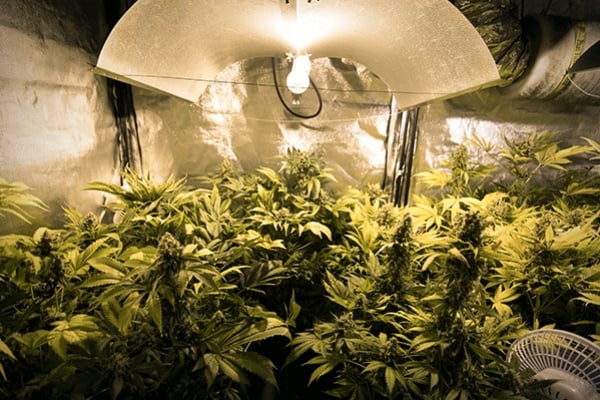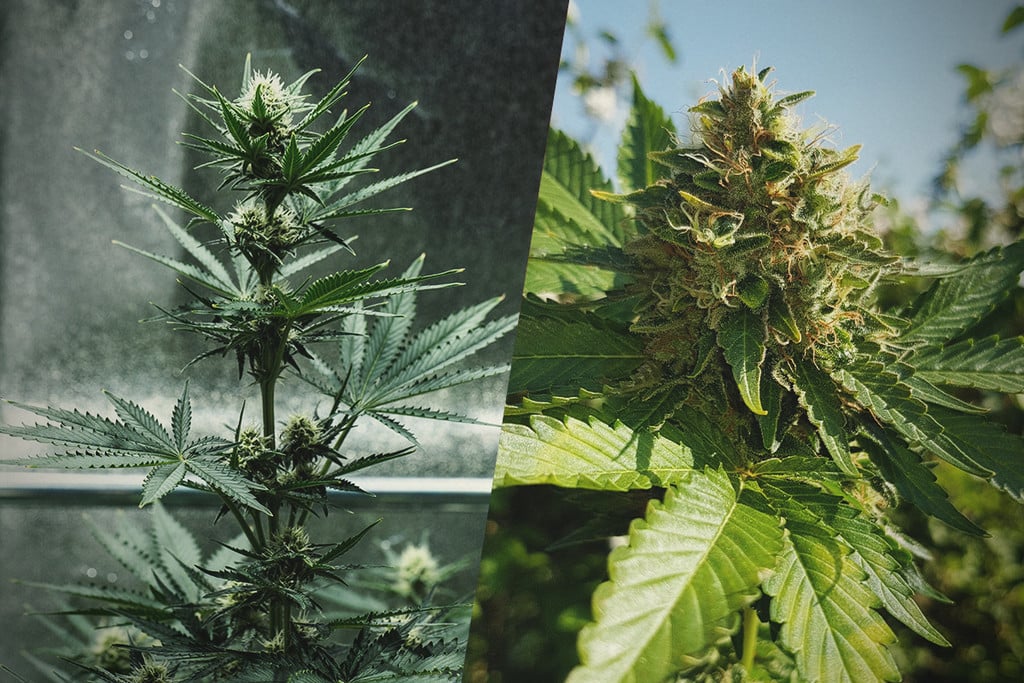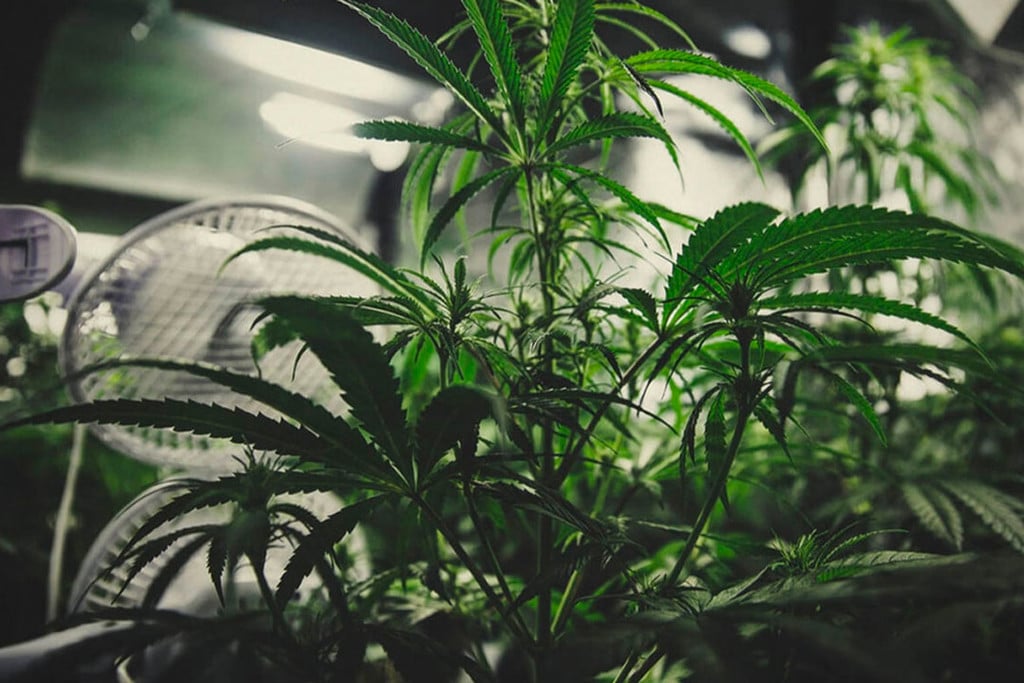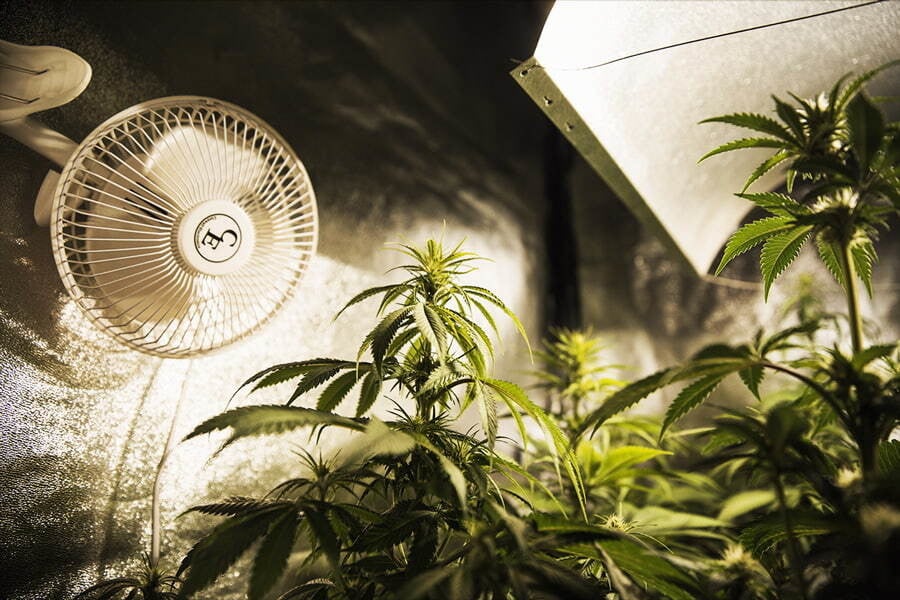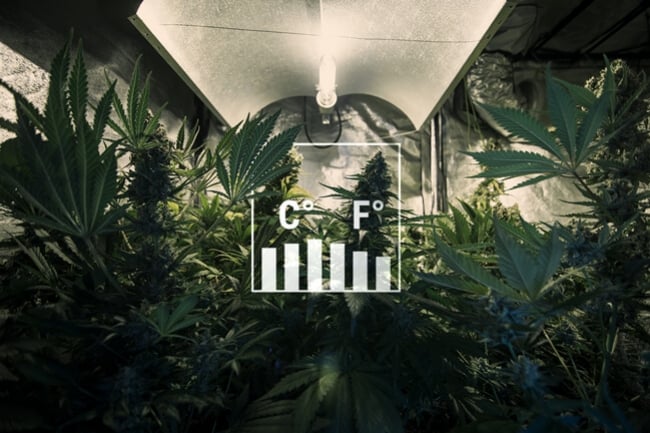.
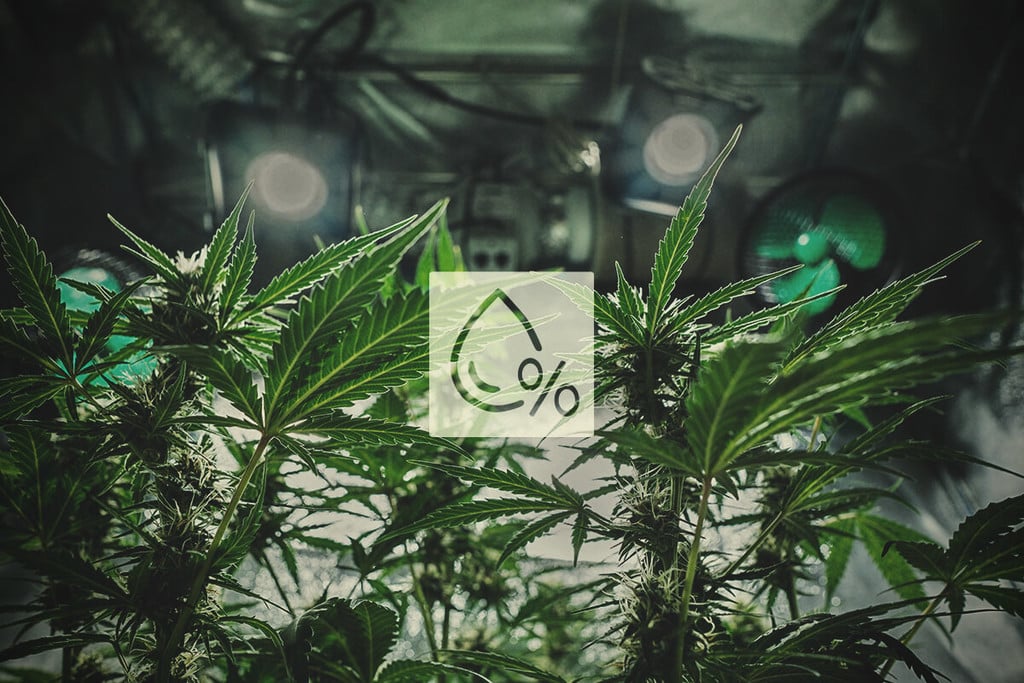
Dehumidifiers: Why You Need One To Grow Great Cannabis
Managing humidity can be challenging for beginner and experienced growers alike. Luckily, dehumidifiers make it easy to keep the humidity in your grow room optimal all throughout the year.
Contents:
Relative humidity is an extremely important variable in cannabis cultivation, and it's something even first-time growers need to wrap their heads around in order to produce a decent harvest. Because cannabis plants like warm temperatures (and warm air holds more moisture than cold air), you’ll want to measure and control the humidity in your grow room in order to create the perfect environment for your plants.
In this article, we’ll walk you through how to control the relative humidity in your cannabis grow room using a dehumidifier.
What Is a Dehumidifier?
As their name suggests, dehumidifiers are appliances designed to reduce the humidity in a particular area. Many people use dehumidifiers to control the humidity in their homes for comfort, as well as to prevent the growth of mold and mildew (which thrive in humid conditions). However, dehumidifiers also have commercial and industrial applications, such as reducing the humidity in indoor swimming pools, gyms, ice rinks, storage warehouses, and more.
How Does a Dehumidifier Work?
There are two main types of dehumidifier on the market:
- Refrigeration dehumidifiers: These work by drawing in air from the environment over a refrigerated coil. The water present in the air condenses on the coil and then drips into a collection tray or bucket where it can be disposed of or recycled.
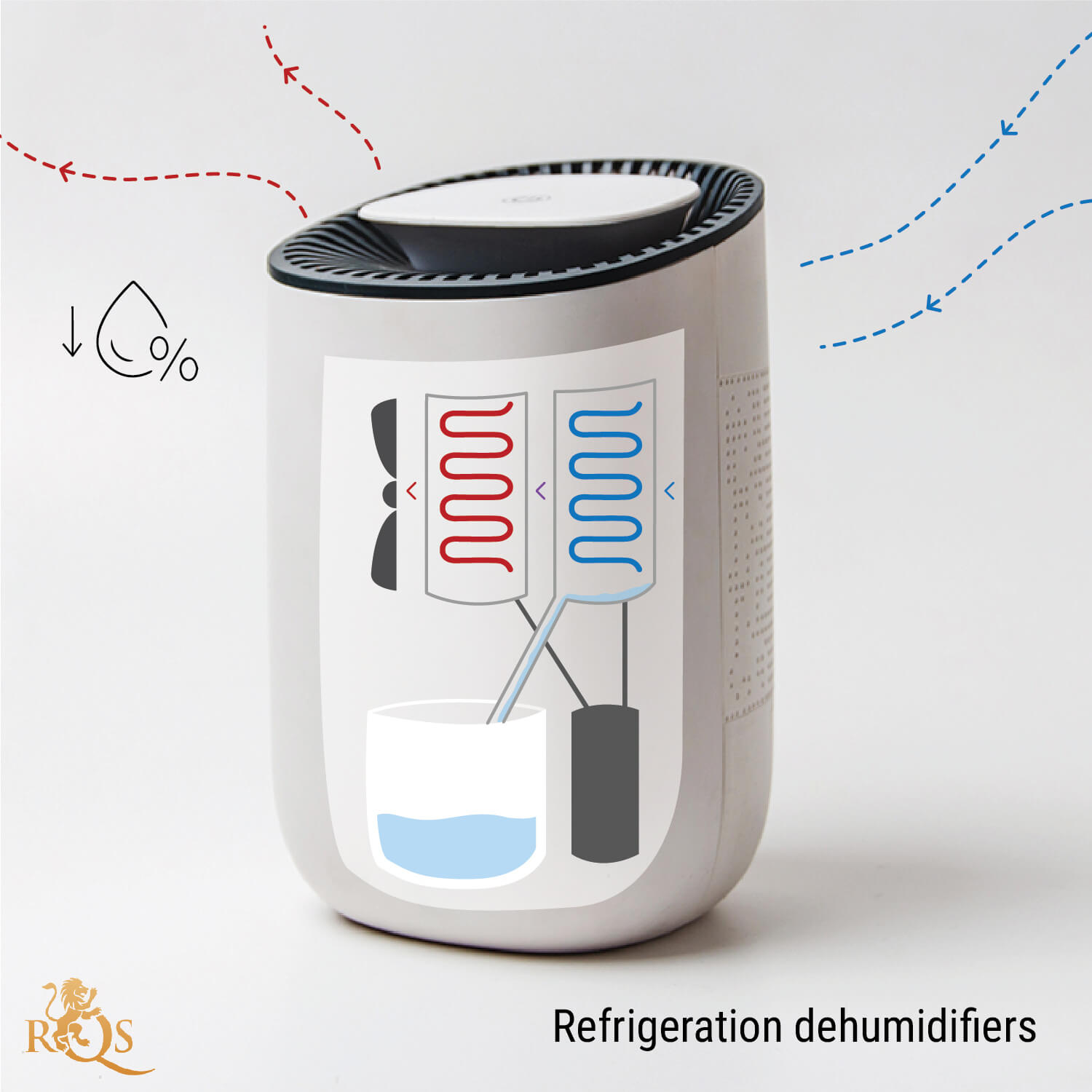
- Desiccant dehumidifiers: These dehumidifiers draw ambient air through a wheel covered with desiccant (a water-absorbing substance such as silica gel). Instead of dripping into a tray, the water absorbed by an adsorption dehumidifier is removed during the regeneration phase by evaporating the moisture from the desiccant with a stream of warm air. This now-moist air then condenses on a metal plate, from where the water drips into a collection tank.
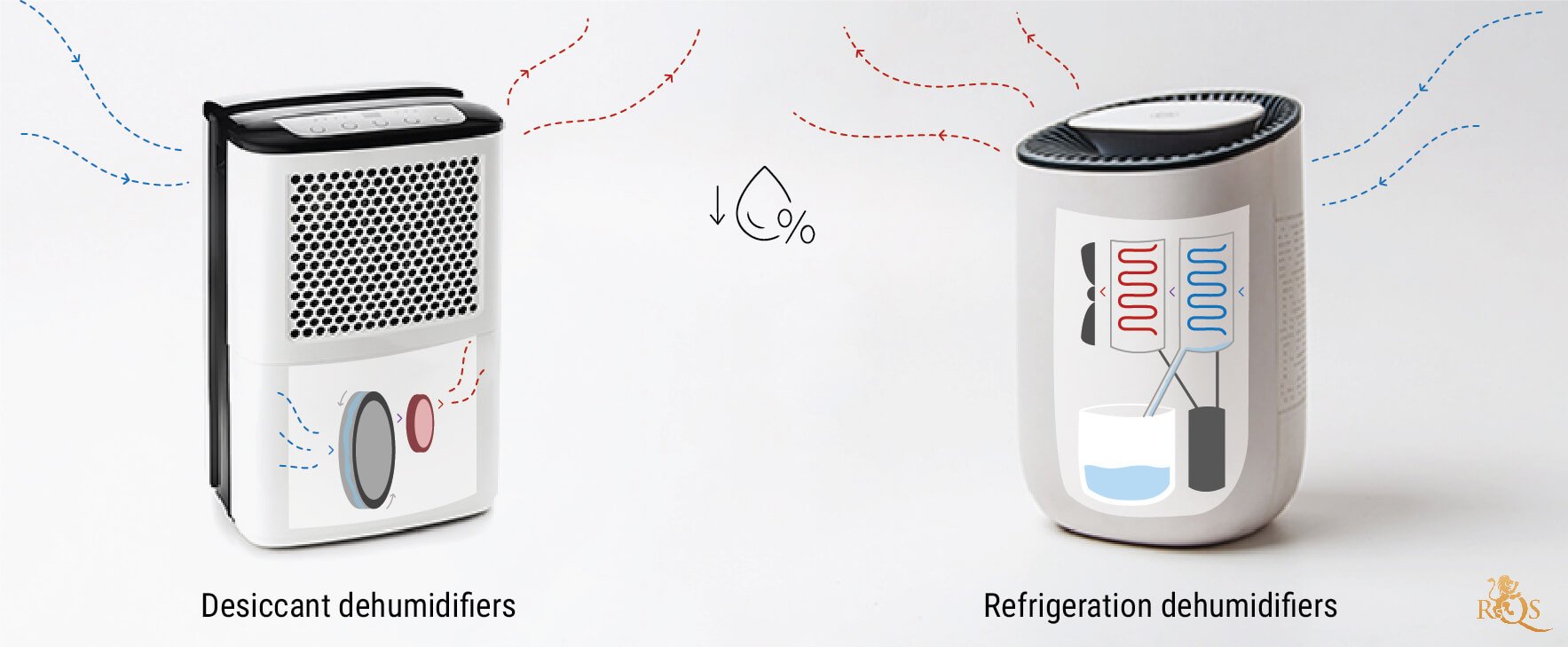
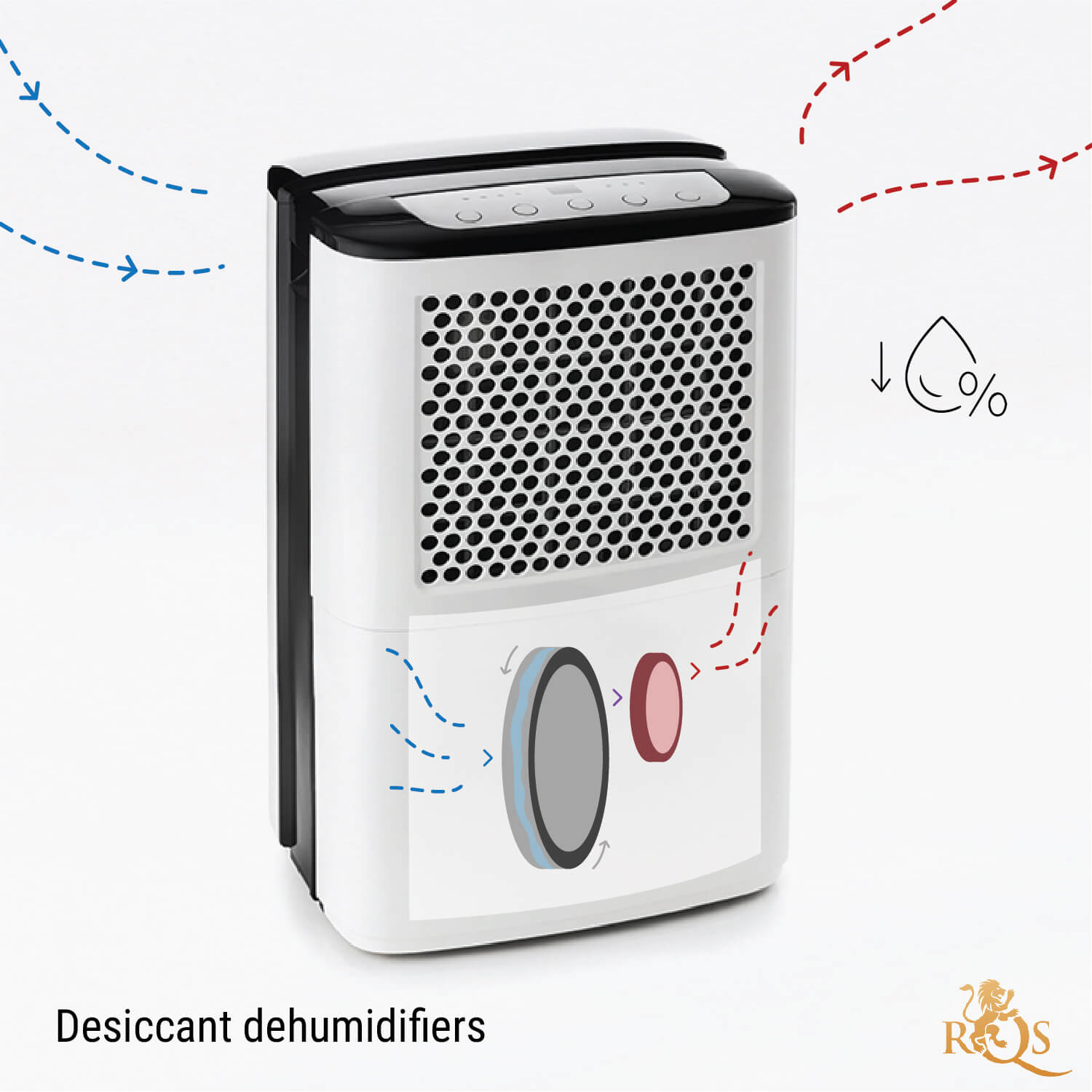
How To Choose the Right Dehumidifier for Growing Cannabis
Whether you’re an experienced grower or just getting started, you’ll likely need a dehumidifier to control the humidity in your grow space. Below, we’ll outline some of the main things you’ll want to keep in mind when choosing a dehumidifier for your indoor grow room.
Your Budget
Your budget is going to have a big impact on the kind of dehumidifier you choose to use. Unfortunately, not using a dehumidifier more often than not results in mold or pest issues that have the potential to ruin your entire crop. So, make sure to consider the costs of both buying and running a dehumidifier early on, and budget accordingly. This is one of those pieces of equipment you simply don’t want to skimp on.
Portable vs Fixed Humidifiers
Portable dehumidifiers collect water in a reservoir tray that needs to be emptied regularly. Fixed dehumidifiers, on the other hand, use drainage pipes to run the collected water into a drain or larger container (where it can be reused).
Both portable and fixed dehumidifiers have their pros and cons; portable models, for example, have the advantage of, you guessed it, being portable, meaning you can easily move them around your grow room or transport them into a new grow space (should you move, for example).
Fixed dehumidifiers, on the other hand, have the benefit of being less hands-on, as they automatically drain the water they’ve collected from the environment. However, they are more complicated to set up, which usually makes them suitable only for large, permanent grow rooms.
Reservoir Volume
This is another important aspect to consider when choosing a dehumidifier for your cannabis grow room. Dehumidifiers with large reservoirs obviously need to be emptied less frequently, but they also typically take up more space and are more expensive.
If you’re growing in a small room/tent, you may need to make the sacrifice of using a small dehumidifier and emptying it more frequently to avoid limiting your grow space even further. If, on the other hand, space and budget aren’t a big concern for you (or your grow room often goes unattended for long periods of time), you may want to opt for a dehumidifier with a large reservoir.
Grow Room Size
Most of the dehumidifiers you’ll find on the market today are fairly efficient, meaning they’ll do a decent job of keeping the relative humidity in a small grow room or tent at optimal levels. If, however, you’re an experienced grower with a large-scale grow room, you’ll need to invest in a larger dehumidifier that can effectively dehumidify the space you’re working with.
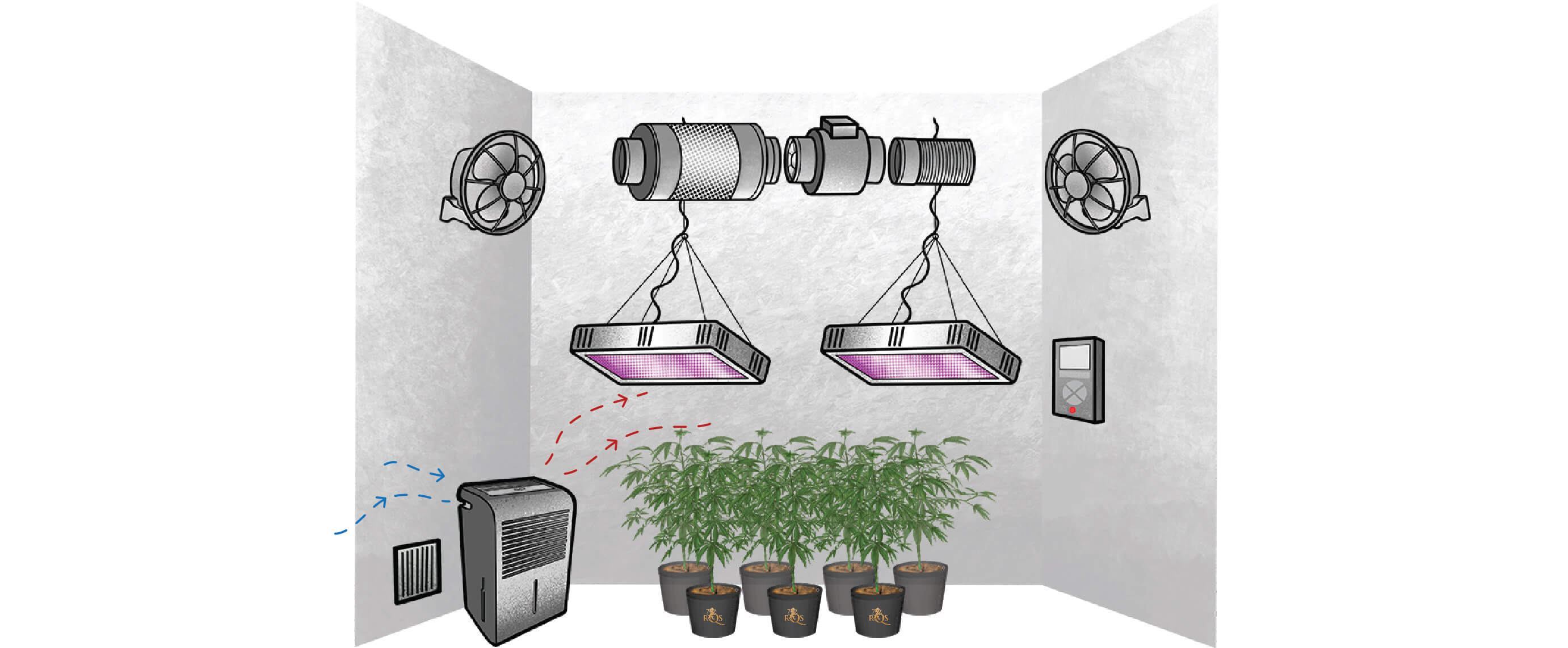
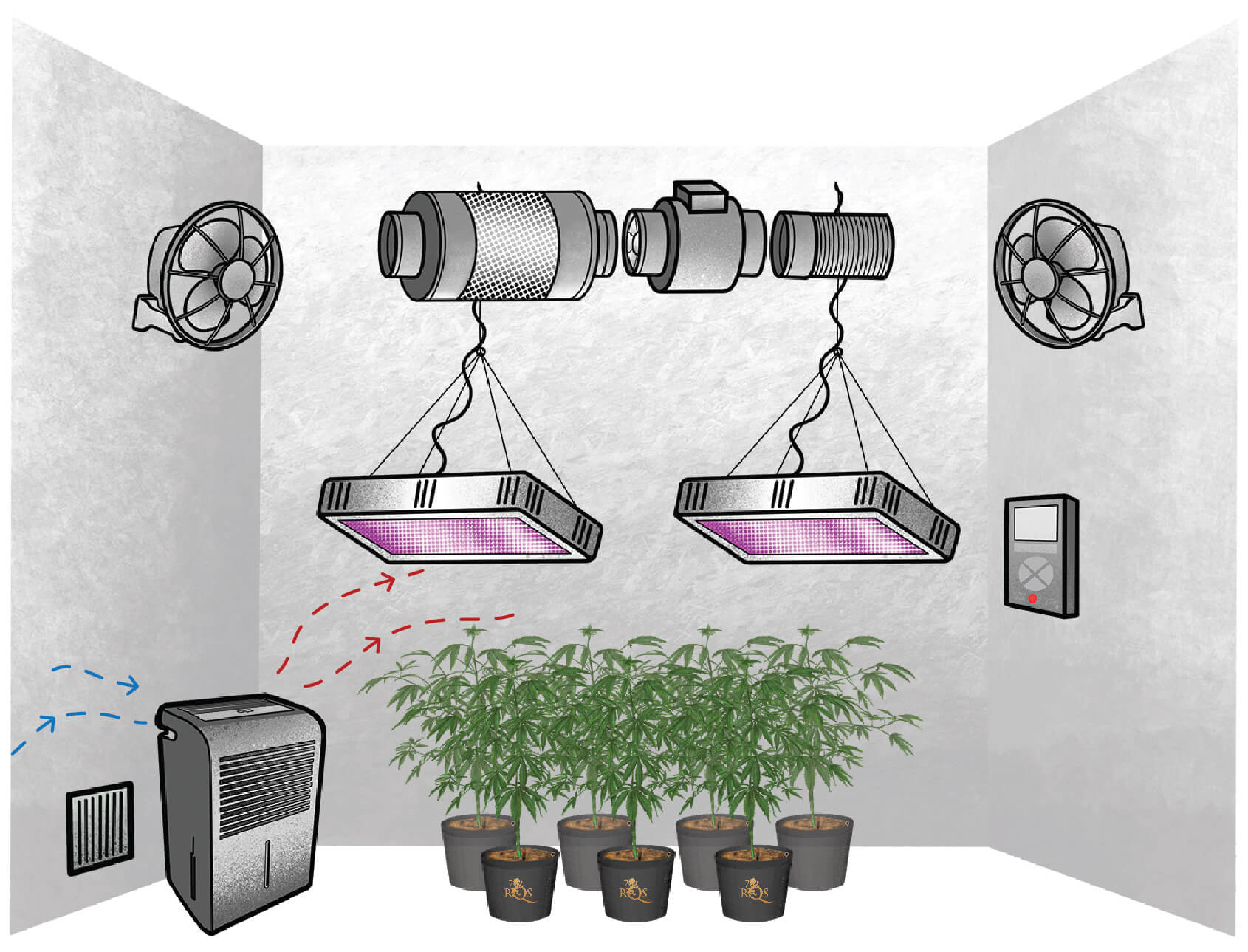
How To Make a DIY Dehumidifier for Cannabis Growing
If you’re on a tight budget, there is a way to build your own DIY humidifier. While it won’t hold up in the long run and can’t be compared to any of the commercial dehumidifiers currently on the market, it might be a viable option if you’re on a super tight budget.
Equipment
- 2x 20l buckets
- Large bag of rock salt
- Drill
Directions
- Use your drill to make a few drainage holes in the bottom and sides of one of your buckets.
- Place the bucket with the holes into the one without holes.
- Pour the rock salt into the top bucket.
- Place the dehumidifier into your grow room and check on the reservoir every day.
The concept here is pretty simple; the rock salt in the top bucket will draw moisture from the air, which will condensate and drip into the reservoir bucket on the bottom. The level of humidity in your grow tent will determine how much water the dehumidifier will capture and how often you need to change the rock salt.
Remember, this homemade dehumidifier can’t compare to a domestic, let alone commercial, dehumidifier. However, it’ll at least do something to control the humidity in your grow room.
Other DIY Dehumidifier Options
The rock salt dehumidifier we mentioned above isn’t the only DIY option when it comes to managing the humidity in your grow room. Some other DIY dehumidifiers out there include:
- Calcium chloride dehumidifier: Like rock salt or silica gel, calcium chloride is a readily available and relatively effective desiccant. Try filling a sock with calcium chloride and hanging it from a piece of string somewhere in your grow room. You can use a bucket or bowl to catch the moisture that drips from the sock.
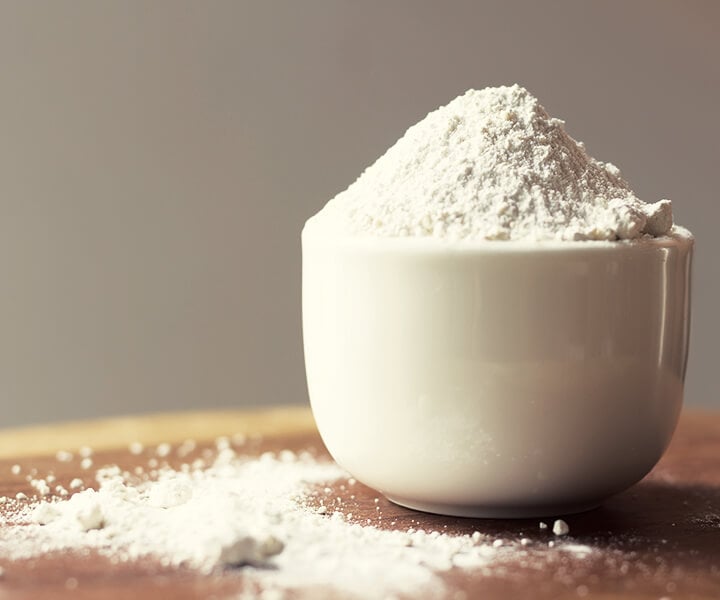
- Silica gel: Place a silica gel dehumidifier inside a plastic container (make some holes in the container to allow air to flow in and out of it). Place the container inside your grow room, and the silica gel will automatically absorb moisture from the air.

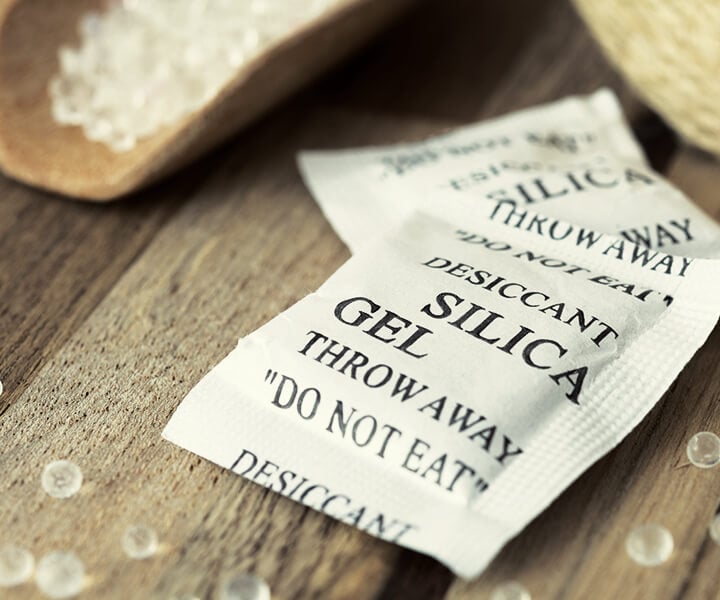
- Coffee whitener: Pour some coffee whitener in a bowl and place the bowl inside your grow room/tent. The whitener will absorb moisture and harden over time, so you’ll need to replace it regularly.
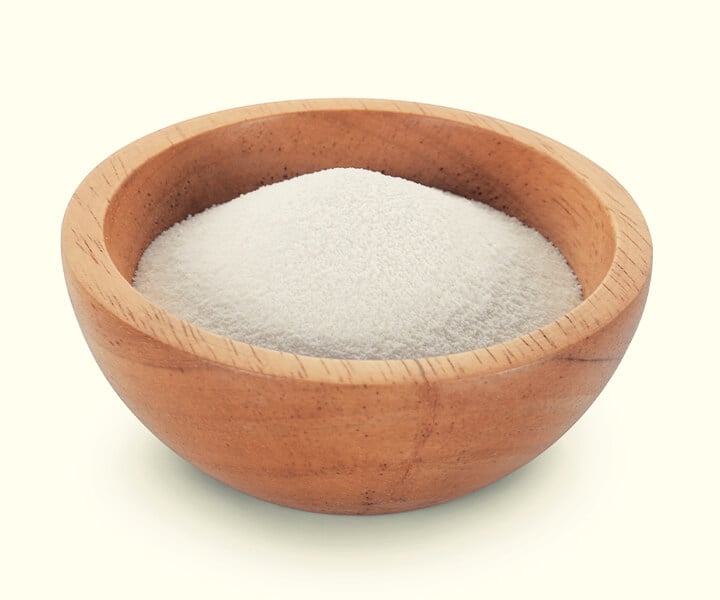
- Moisture-absorbing crystals: Available online and at some stores, these crystals absorb moisture from the air and form a solid mass. Like with rock salt, you can pour these crystals into a bucket with holes and place that bucket inside another to act as a reservoir. You’ll need to replace the crystals once they harden.
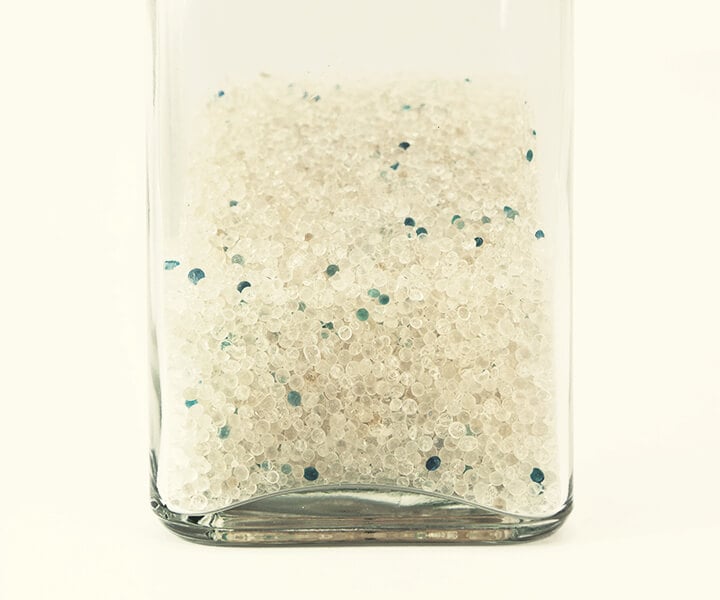
Managing humidity is key to growing healthy cannabis plants and harvesting great bud. Make sure to invest in a dehumidifier from the get-go to have complete control over the humidity in your grow room/tent, or try one of the DIY options listed above if you’re strapped for cash.


























